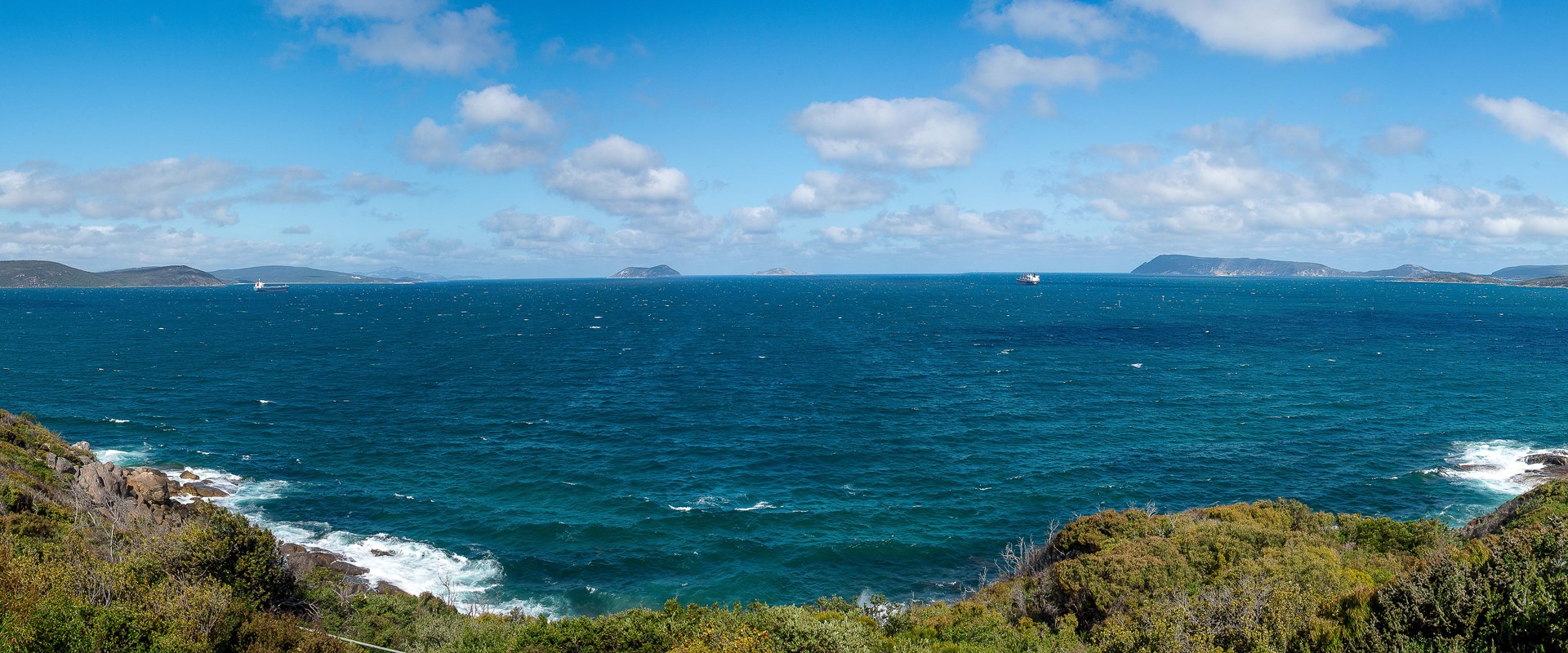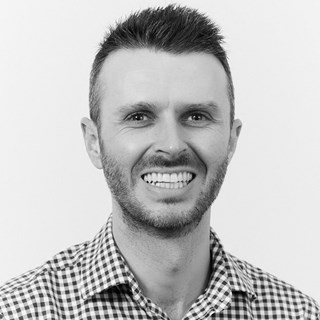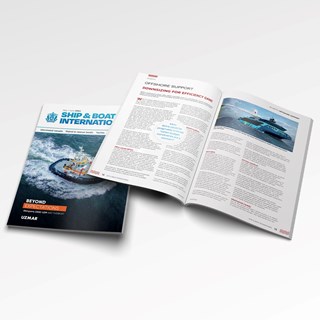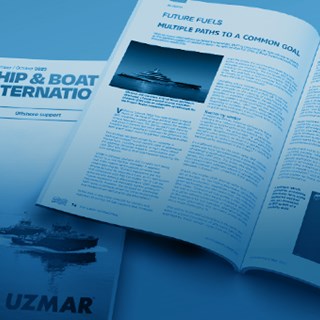
Can wave energy supplement the renewable energy mix?
The vast potential for wave energy production is undeniable when considering renewable energy sources to assist with the decarbonisation of industries and energy generation.
15 December 2021
The vast potential for wave energy production is undeniable when considering renewable energy sources to assist with the decarbonization of industries and energy generation.
While energy generation from wave movement is not new, research is still required into what devices are optimal for different conditions. We are deeply involved in developing and testing one option, the Moored Multimodal Multibody (M4) prototype.
The M4 wave energy technology was initially developed at the University of Manchester, UK. A prototype is now being designed to be deployed in King George Sound, Albany, Western Australia, to prove the technology as a basis for future full-scale deployments.
The M4 is an attenuator type of Wave Energy Converter (WEC). The floating device harvests incoming wave energy from all directions, with differential movement driving the pinging joint to create power. The 6-float M4 prototype device will be 22m long and generate power onboard without a subsea cable in the initial phase.
The WEC is one of many converter types which are being designed and tested around the globe.
Unlike the more mature wind energy sector, where most devices use the 3-blade turbine, wave energy technology still hasn’t converged on one type of device, and research and testing of new options are still required. The M4 prototype offers a real opportunity to stand out.
The M4 deployment will be the first wave energy machine of its kind to access Australia’s abundant wave energy potential, helping to bring skilled experts to regional Australia and build an industry around the ocean renewable energy market. The southern coastline of Australia has significant wave power potential because of the sheer size of the coastline and the wave swells generated in the Southern Ocean.
This is a collaborative project between industry, including BMT, the University of Western Australia (UWA), the Blue Economy Cooperative Research Centre (BE CRC) and the Western Australia Government, and will address the feasibility of deployment of a wave energy machine and engage with the local markets, including nearby aquaculture operations.
Working within the complex marine environment provides a unique set of challenges, which the M4 project will seek to overcome, all while contributing vital knowledge to the renewables sector. In addition, the M4 deployment will demonstrate Australia’s potential to establish itself as a world class energy resource centre, capable of supporting commercial wave energy projects in the future.
The vision is for a future project to build on this prototype to progress it to a commercial scale. The Australian Ocean Energy Group (AOEG), which we are a part of, has engaged a full-time project manager with the support of the National Energy Resources Australia (NERA) to develop an ‘Ocean Energy Showcase’ at Albany, which would likely include a wave energy device.
A few years ago, we participated in the critical ‘Ocean Energy Market Summit, which sought to explore the feasible market opportunities for ocean energy. The summit identified markets such as aquaculture, offshore operations (e.g., oil and gas), remote island or coastal communities and marine instrumentation.
Hybrid Renewable Energy Systems (HRES) are an obvious solution to bringing more environmentally friendly, cost-effective energy delivery options to regions and communities that are not part of a larger power grid. By maximizing the efficiency of available energy sources, HRES overcome unreliable and intermittent power delivery, particularly in remote areas.
We are exploring the potential application of the BMT Smart Microgrid Controller for the Albany area as part of the Ocean Energy Showcase. With its robust design for harsh environments, BMT’s Smart Microgrid Controller provides an autonomous ‘microgrid’ manager that automatically synchronizes power from various sources, seamlessly handling load management.
The BMT Smart Microgrid Controller’s scalability and remote monitoring capability used in synchronisation with other renewable technologies like, wind, wave or solar make it a great option.
While it is recognized that wave energy delivers a clean and reliable power source, the potential impacts of wave energy machines on the local environment must be carefully examined. A rigorous environmental approvals process is key to mitigating critical implications on marine flora and fauna, including correct site selection to ensure the device causes no
disruption to migration patterns or poses navigational issues for commercial or recreational boat users.
Effective environmental plans must also capture the maintenance and decommissioning of structures. Typical environmental considerations include hazardous liquids, noise from mooring chains, electromagnetic field effects and risk of entanglement. Cameras can also be used to monitor how species interact with the structures, and to date, there have been no adverse effects recorded globally.
In summary, while wave energy won’t overtake other energy options, it remains a viable option to supplement the overall renewable energy market. It can be precious in remote communities run on diesel or have difficulty accessing the grid for power.

Chris is a Registered Professional Mechanical Engineer, including RPEQ, NER, and CPEng. He joined BMT in 2011 and is a Senior Mechanical Engineer, providing engineering consulting and design services to various sectors including mining, ports, bulk materials handling, manufacturing, insurance, renewable energy, and defence.

Noel Tomlinson - Maritime Design
Noel Tomlinson shares with SBI valuable insights on how BMT's innovative solution can help vessel operators overcome challenges and ensure a sustainable future for offshore wind operations.

James Calver
Our Naval Architects speak to RINA Ship and Boat International about how we can assist our clients early on with Future Fuels for their next vessel design.

Kathryn Walker
Whether we like it or not, the world is facing a growing number of wicked problems – problems where there is no obvious route to resolution, and no agreement on the core challenges. With the incredible advances now seen in AI, to what extent can computer generated input support in ‘solving’ wicked problems?

Chloe Yarrien
Our Maritime Autonomous Systems Engineering Lead , Chloe Yarrien explores the emergence of ‘the six Ds’, delving into each of these dimensions to understand the transformative potential of marine autonomy.